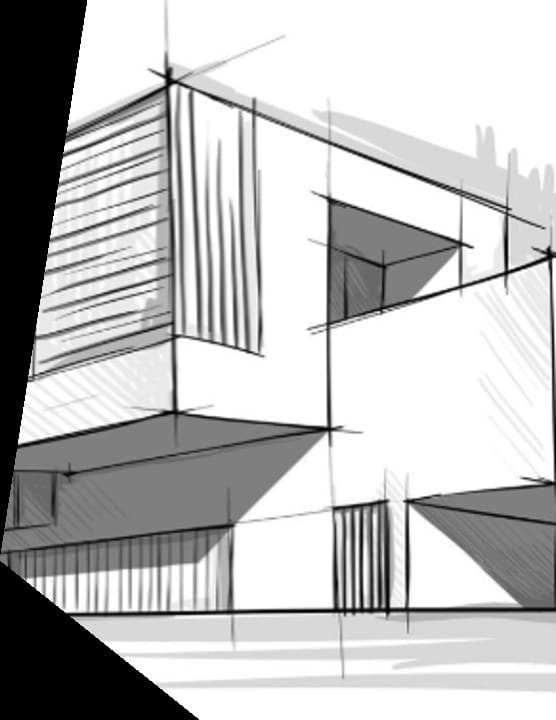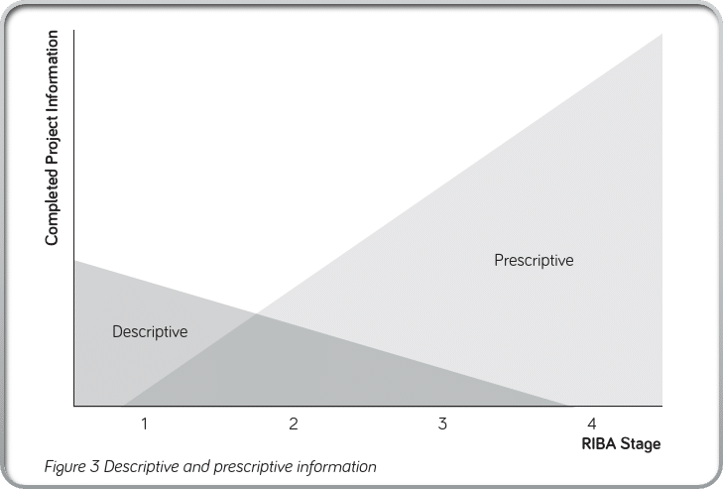RIBA stages 2020
Table of Contents
What is the RIBA stages 2020 plan of works
- Established by Royal Institute of British Architects (RIBA).
- Originally launched in 1963 in a simple matrix format which has been continually updated since.
- RIBA 2013 was originally designed to be a interactive web-based resource but the matrix was often used instead of the website.
- Tool to organise process of designing, delivering, maintaining, operating a building into 8 stages.
- Used by all disciplines involved in project (i.e, structural & civil engineers, architects, MEP, etc.)
- Used as a guidance tool for preparation of professional services and building contracts

Key Changes between RIBA stages 2020 and 2013 plan of work
Changes has occurred to help designers use the plan of works more effectively and clear any misconceptions/mistakes being made. Stage 3 and Stage 5 Names change from Developed design (old stage 3) and Construction (old stage 5).
RIBA Stage 0 – Strategic Definition
- Client develops strategic Brief.
- At this stage, there shouldn’t be any design (i.e, no engineers/architects undertaking designs but limited involvement may happen by providing technical advice etc)
- Client led stage where requirements are listed and assessed, risk and costing assessed
- Building may not be the answer (no need to progress with RIBA plan of works)
- Client figuring out how to achieve objective.
- Stage 0 could be a 1-3 year process before stage 1.
Core Tasks:
- Designers contribute to client requirements (limited involvement to no involvement)
- Sustainability – strategic plan in relation to client requirements (developing existing buildings or extending as opposed to demolition or maybe a new structure is not required)
RIBA Stage 1-Preparation of Brief
- Preparation of Initial Project Brief with a record for the detailed requirements. Design tasks do not happen at this stage.
- Client team develops responsibility matrix. (Ensure relevant disciplines and tasks allocated). Important for engineers to know what tasks they are required and what they are responsible for)
- Obtain site information and site surveys (UXO, buried services, asbestos).
- Project execution plan to be developed (client time frame)
- Feasibility study to be carried out to identify whether the site can accommodate the client’s needs. Architect’s and structural engineers can get involved but this is not considered as design phase which starts at stage 2.
Stage Outputs:
- Initial project brief
- Site information
- Structural constraints
- Structural survey reports
- Climate change impact statements
RIBA Stage 2 – Concept Design
- Architect’s expression/concept applied to brief (achieve client’s vision, budget).
- Too much detail at this stage can derail design effort’s from setting the best strategy, but too little detail can affect stage 3.
- Structural engineering designs based on rule of thumb (i.e, hand calcs, sketches, advice on grids, initial calculations). No 3D models/detailed models required for this stage.
- Determine project strategies (does design impact architect’s concept, or structure too costly for the project).
- At this stage, various design options should be gone through (especially if you want to hit BREEAM credits), and to determine which kind of structure is sustainable and within client’s budget.
- Develop and contribute to the BIM execution plan.
Stage 2 Outputs/Deliverable:
- Develop basis of design (i.e. define structural standards, loadings, fire resistance, serviceability criteria, etc) – technical interpretation of project brief.
- Identify whether specialist subcontracts are required in basis of design.
- Develop a foundation strategy.
- Deliverables list (define what needs to be delivered at each stage).
- Design programme to be developed by lead designer and agreed with client and all other designers.
- Structural sustainability report (can be included in basis of design – how will sustainability targets be achieved).
- Initial structural drawings (i.e. sketches of grids, no BIM required by engineers). However, this needs to be confirmed by the project team and client if 2D or 3D models are required.
- There is a risk on progressing too much with a detailed 3D structural model due to later changes at stage 3 of RIBA stages 2020.

RIBA Stage 3 – Spatial Coordination
- Concept design should be progressed and not changing at this stage for single solution that aligns with project brief.
- Further design studies for a preferred option.
- More details – detailed structural model and calculations for design solution and cost exercises.
- Design solution for economy of materials through detailed analysis.
- Confirm structural grids and zones.
- Spatially co-ordinate structural design and integrate with other disciplines (MEP zones locations need to be identified).
- GA’s should be signed off in this stage to allow progression into stage 4 of RIBA stages 2020.
- Consider construct-ability issues at this stage (Can the structure be built through conventional means or is it a complex process)?
- Risk should be highlighted at every stage of the RIBA plan of works but specific temporary works items need to be identified and communicated to the contractor (i.e. jacking/preloading/temporary supports or undermining)
- Assist lead designer with preparation of design programme.
Stage 3 Outputs/Deliverables:
- Structural drawings (2D layouts, GA’s and elevations) and 3D BIM model.
- Movement and Tolerances Report (recommended)
- Outline structural specification
- Performance specification for contractor design items
- Outline structural sustainability report outlining targets and strategies to meet them (including embodies carbon).
- Implement/develop change control procedures
RIBA Stage 4 – Technical Design
- This stage is the final design stage where all design information should be fully co-ordinated and completed to enable the manufacture of the project to be progressed.
- General overlap between stage 4 and 5 but there is also a sub-stage in stage 4, which involves specialist subcontractor design and detailing items (e.g. pile design, steelwork connection etc).
- At this stage, the responsibility matrix becomes important, as it is a reference point for which task need to be completed by whom.
- Spatial arrangement should not change (i.e. MEP zones fixed, GA’s signed off, etc)
- Prepare and co-ordinate specialist contractor’s information including final specifications.
- Develop temporary works brief and review temporary works design at stage 4 sub-stage (stage 4.5: production design)
Stage 4 Outputs/Deliverables:
- Structural Drawings (Suitable for construction)
- Finalise structural specification
- Structural Sustainability Report
- Temporary Works Brief
- Clash detection and clash resolution
- Review of specialist sub-contractor designs
Prescriptive information vs Descriptive information
- Descriptive information is issued by design team to allow specialists subcontractor to prepare manufacturing information (i.e. referred as design intent, where specific details and specification has to be adhered to)
- Prescriptive information is information used to manufacture and construct building systems b the design team.

RIBA Stage 5 – Manufacturing and Construction
- Construction on Site has begun and at this stage, we should be involved in solving site queries (who is responsible?).
- Undertake site visits and inspections.
- Prepare Building Log Book, O&M Manual
- There is typically an overlap between stage 4 and 5 in RIBA stages 2020.
- ‘As-constructed’ information to be prepared and agreed by relevant parties
- Stage ends with practical completion of the project.
Stage Outputs:
- Handover documentation
- Completion of project from structural engineering point of view
RIBA Stage 6 - Handover
- Building is officially handed over, Aftercare initiated and Building contract concluded.
- Construction team rectifies any residual defects.
- Project performance needs to be facilitated (Lesson learned)
- Post occupancy evaluation.
- Has sustainability targets been achieved ? (needs to be documented and refer to RIBA stages 2020)
RIBA Stage 7 - Use
- This stage is the operation and maintenance of building over its lifetime.
- Majority of team’s work completed by stage 6 and very limited input at this stage.
- Potential ongoing tasks, if maintenance obligations in building contracts extend past stage 6.
- Post occupancy evaluation commissioned to determine how the building is performing and used to help inform future projects.
- At the end of a buildings life, stage 0 commences again (Re-use existing building or demolish and use RIBA stages 2020 plan of works again).
